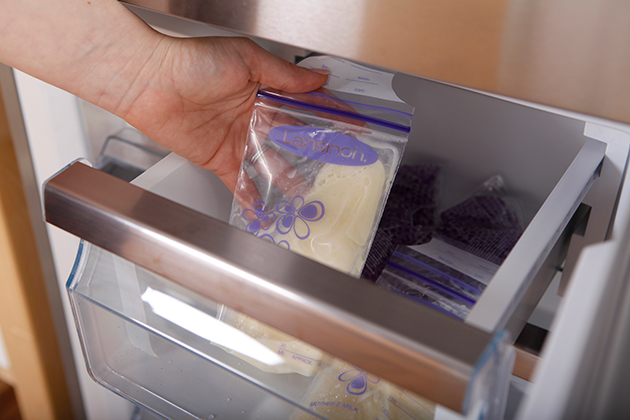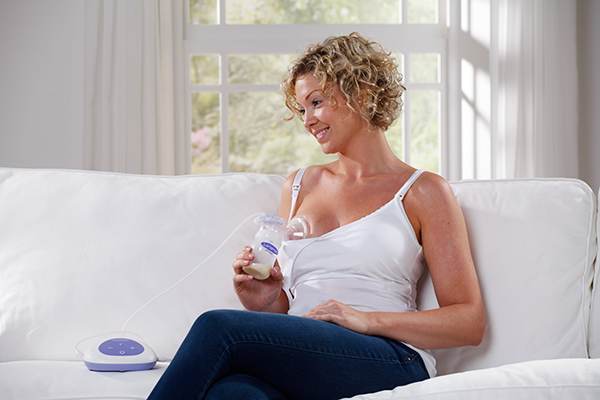Advice Articles
- Home
- Advice Articles
- Pump
- Sterilising Methods
Sterilising Methods

Leading sterilising company Milton have shared some helpful advice when it comes to sterilising your baby’s feeding equipment.
Milton has been a leading name in sterilising for over 70 years. During that time the ‘Milton Method’ of cold water sterilisation has been used by millions of parents, and in homes and hospitals throughout the UK and beyond. Milton has more recently launched into microwave steam sterilisation.
Sterilising is a special way of cleaning your baby’s feeding equipment including bottles, teats, breast pumps, and toys, to ensure they are completely free from harmful germs that can make your baby ill. During the first 12 months, your baby’s immune system is still developing which means they are more vulnerable to germs than older children and adults. Common problems are tummy upsets (gastroenteritis), often caused by bacteria breeding in the milk or food traces left in bottles, teats and pumps, and oral thrush.
Ways to sterilise
There are 2 ways to sterilise. 1/ steaming (using an electric steriliser or by using the microwave) or 2/ using cold water and a sterilising solution – such as sterilising tablets or sterilising fluid – this is the Milton Cold Water Method.
The ‘Milton Method’ of cold water sterilising is so easy to use! You simply use cold tap water and either a cap of Milton Sterilising Fluid or 1 Milton Sterilising tablet, inside a Milton Cold Water Steriliser – it really is that easy! Items are sterilised after 15 minutes and can remain so in the solution for 24 hours. There are only pros with this method – it’s quick and easy and there’s no need for electricity.
The Milton Combi or Microwave Steriliser is a 2-in-1 steriliser that sterilises up to five bottles from two minutes in the microwave or in 15 minutes if using the Cold Water Milton Method.
Feeding equipment should be washed prior to sterilising. The easiest way is to wash thoroughly in Milton Washing Up Liquid and water, using the brush provided. Rinse thoroughly.
What should be sterilised?
Any equipment that comes into contact with baby’s mouth should be sterilised. This includes feeding equipment, soothers, spoons, teethers and toys. You should certainly sterilise for the first year of a child’s life while their immune system is developing.
After this, you should continue to sterilise bottles and teats for as long as baby is using them. Milton has a range of sterilising equipment from the Cold Water Steriliser, as well as the Solo Travel Steriliser for when parents are on the go and the Mini Portable Soother Steriliser to tackle the problem of a dropped soother.
If you use the Milton Combi or Solo you can leave the bottles inside the Steriliser with closed lid for up to 24 hours.
For more information: www.milton-tm.com
Content courtesy of Milton. Lansinoh bears no responsibility for the accuracy of the advice in this article.
Related Categories
Related Articles
-

Storing Expressed Breastmilk
Safe temperature storage guidelines The following are guidelines from La Leche League International on how...
Read More -

Expressing and storing your breastmilk
Expressing will help to empty and stimulate your breast to make more milk. Express...
Read More -

Pumping Basics
Expressing breastmilk is the act of removing milk from your breast, either by hand or...
Read More -

Breast Pumping Tips
Here are a few more tips to help you pump successfully: 1) One of the most...
Read More
Related products
-

2 in 1 Double Electric Breast Pump
Lansinoh’s 2-in-1 Electric Breast Pump is the very best option for mothers who want comfort, flexibility... View -

Manual Breast Pump
Lansinoh’s Manual Breast Pump provides a portable and convenient option for breastfeeding women who... View -

Single Electric Breast Pump
Lansinoh’s Single Electric Breast Pump has been designed to help you express your precious breast milk... View -

Private: Feeding Bottle with NaturalWave® Teat
In order to achieve your breastfeeding goals, you may choose to express your precious breast milk and... View
